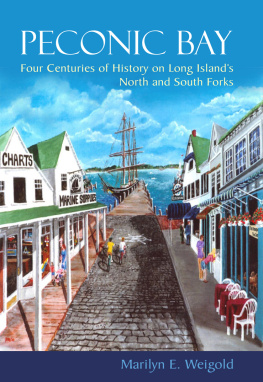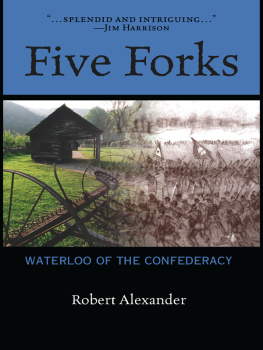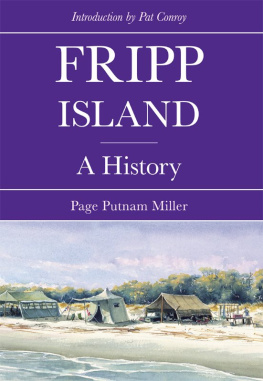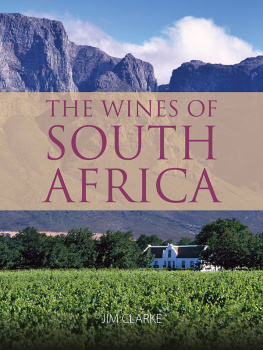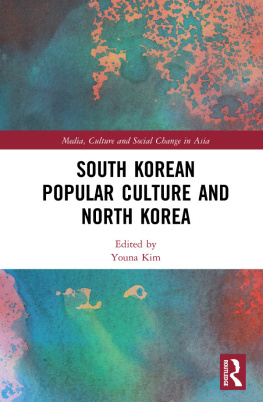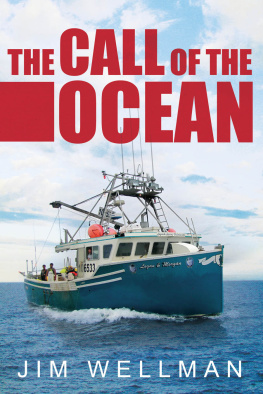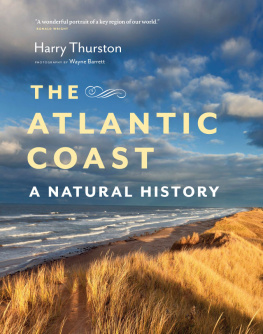
PECONIC BAY

Copyright 2015 by Syracuse University Press
Syracuse, New York 13244-5290
All Rights Reserved
First Edition 2015
15 16 17 18 19 20 6 5 4 3 2 1
The paper used in this publication meets the minimum requirements of the American National Standard for Information SciencesPermanence of Paper for Printed Library Materials, ANSI Z39.48-1992.
For a listing of books published and distributed by Syracuse University Press, visit www.SyracuseUniversityPress.syr.edu.
ISBN: 978-0-8156-1045-8 (cloth) 978-0-8156-5309-7 (e-book)
Library of Congress Cataloging-in-Publication Data
Weigold, Marilyn E.
Peconic Bay : four centuries of history on Long Islands North and South Forks / Marilyn E. Weigold ; foreword by John Cronin. First edition.
pages cm
Includes bibliographical references and index.
ISBN 978-0-8156-1045-8 (cloth : alkaline paper) ISBN 978-0-8156-5309-7 (e-book) 1. Long Island (N.Y.) History, Local. 2. North Fork (N.Y. : Peninsula) History. 3. South Fork (N.Y. : Peninsula) History. 4. Peconic Estuary Region (N.Y.) History. I. Title.
F127.L8W44 2015
974.7'21dc23
2014049371
Manufactured in the United States of America
For
Charlie
a lifelong conservationist
Marilyn E. Weigold, Ph.D., is Professor of History, University Historian, and Assistant Chair of the Department of Economics, History, and Political Science at Pace University. She is the author of five books, including The Long Island Sound: Its People, Places and Environment (New York University Press, 2004) and articles for scholarly and popular publications, including the New York Times.
Table of Contents
Guide
Contents
Illustrations
Foreword
I remember the day I hauled my first net, though I better recall days end. My back hurt. My hands were cut. I smelled like fish. I felt suffocated by my foul weather gear. I was queasy from the unfamiliar roiling and rolling of a windy tide... and I wanted more.
I had grown up a city boy more fascinated by baseball and cars than the estuary next door. But for the first time I felt part of something larger than myself. Water can do that.
In 1981, I quit my job as an environmental legislative assistant in Albany and moved into the back of a pickup truck. You sure about this? There are easier ways to go broke than fishing, said a surprised Bob Gabrielson when I reported for work at his commercial shad and crab fishing operation on Burd Street dock in Nyack, New York. For the next three seasons I worked the lower Hudson River estuary, an arm of the Atlantic Ocean and cousin to the Peconic Bay estuary. I would later go on to serve as Hudson Riverkeeper for seventeen years, a position that spawned the Peconic Baykeeper.
There is no simile that applies to life on the water. It is not like anything. To be understood, it is a life that must be lived or a story that must be told. With these pages in hand you are the beneficiary of Marilyn Weigold as Peconic Bay historian and storyteller.
During my fishing days, I had the good luck to meet Arnold Leo of the East Hampton Town Baymens Association, who first introduced me to the unique culture of Long Islands East End and Peconic Bay, and the connection we shared through the kinship between lives and waters. In addition to an ecological and cultural bond, the Hudson and Peconic were connected by the twin crises of PCB contamination and a crashing striped bass population, issues in which Arnold figured prominently and that are well told by Marilyn in . Defining environmental controversies of their time, they remind us that the age-old struggle between power and rights is not limited to world affairs. It also lives in the legacy of the world we create around us.
Peconic Bay has a rich sense of place built over the course of centuries. There is surprising depth to its history and Marilyns telling of itbut so little space in this introduction. So, imagine a place where farmers and fishermen, sailing vessels and submarines, Native Americans and the wealthy elite are all jostling for their rightful place in history; where the dictum of a long-dead English colonial governor could trump contemporary state and federal statutes; and where a people have struggled, and continue to struggle, over the quality of their community, their estuarine connection to the planet, and their place in world affairs. Then you will have a small taste of what Marilyn has in store in the pages ahead.
Through the lens of Peconic Bay history she reveals the role of one locale in the destiny of our nation while also performing the historians duty to link that history to the present day. She sees an America imprinted by its past and challenged by its future, and a people still wondering whether humans can live in peace and harmony with the natural environment and... with our fellow human beings on a global level.
America is a great story and its waters are on every page, to paraphrase the inestimable Charles Kuralt. But great stories call for great storytellers. We are fortunate for Marilyn Weigolds voice and her reminder that even on our own home waters we are each part of something larger than ourselves.
John Cronin
Director and CEO, Beacon Institute for Rivers & Estuaries
Managing Editor, EarthDesk.org
Senior Fellow for Environmental Affairs, Pace University and Clarkson University
Preface
T he idea for a book about the Peconic Bay region of Eastern Long Island originated a decade before a significant part of the areathe North Fork, then a sleepy agrarian area with an emerging wine industrywas discovered. In time, largely because of the expansion of the acreage devoted to the cultivation of wine grapes, the awards won by selected vintages, and increased press coverage of the burgeoning wine industry, the North Fork became well known. Gone were the days when few people living only a hundred miles to the west in the great metropolis of New York City had heard of the North Fork. At the very time the north side of Peconic Bay, the beautiful waterway separating the North Fork from its glitzy cousin, the South Fork, home to the various communities comprising the Hamptons, was becoming better known, the bay was being recognized for its environmental and economic significance. Long overshadowed to a certain extent by the mighty Atlantic Ocean bordering the south shore of the South Fork and the Long Island Sound bordering the north shore of the North Fork, Peconic Bay was designated a national estuary in 1992. A year later it was recognized as an Estuary of National Significance. The story of the waterway and contiguous land masses on both forks of Long Islands East End, however, began centuries earlier and that is the tale that is recounted in this work, which utilizes a combined topical and chronological approach to such aspects of the regions development as lifestyles, from the seventeenth century to the present; economic activities, both on land and sea; tourism; conflicts from the Revolutionary War to the War on Terrorism; and the struggle to find solutions to the challenges facing the area in the twenty-first century. (See .)
Uncovering the material needed to recount the history of the Twin Forks and the islands in the Peconic Bay Estuary entailed research at numerous archival repositories on the North and South Forks and Shelter Island. The bibliographic note included in this volume provides information about the collections of libraries and historical societies. At these repositories this author had the good fortune to encounter knowledgeable and extremely helpful archivists and librarians. At the inception of the project, considerable time was spent in the Long Island Collection of the East Hampton Library, where longtime librarian Dorothy King was most generous in sharing her knowledge of the collections and East End history. Her successor, Diana Dayton, was also very helpful. In recent years Gina Piastuck, department head of the Long Island Collection, has provided invaluable assistance in rounding out the research, reexamining certain materials, particularly the East Hampton Baymens Association Collection, and providing overall guidance. Elsewhere the following individuals not only have made their collections available to this researcher but also have patiently answered questions and provided exemplary guidance: Julie Greene of the Bridgehampton Historical Society and Hampton Library, Bridgehampton; Judith Wolfe of the Amagansett Free Library and the late Carlton Kelsey, who assisted the author at the Amagansett Free Library during the early phase of this project; Robin Strong of the Montauk Library Archives; Beth Gates of the Rogers Memorial Library in Southampton; Mary Cummings of the Southampton Historical Society; Dorothy Zaykowsi of the Sag Harbor Historical Society; Jessica Frankel formerly of the John Jermain Library, Sag Harbor, and subsequently of the Southold Free Library; Phyllis Wallace of the Shelter Island Historical Society; Ann Arnold of the Floyd Memorial Library, Greenport; Daniel McCarthy of the Southold Historical Society and Whitaker Collection, Southold Free Library; Antonia Booth, Southold Town Historian; Ellen Barcel of the Southold Indian Museum; Mariella Ostroski of the Cutchogue-New Suffolk Library; Jeffrey Walden of the Mattituck-Laurel Library; Herb Strobel of the Hallockville Museum Farm; and Edward H. L. Smith III and Wendy Annibell of the Suffolk County Historical Society. Without the help of these knowledgeable and generous professionals, this book could not have been completed.
Next page
